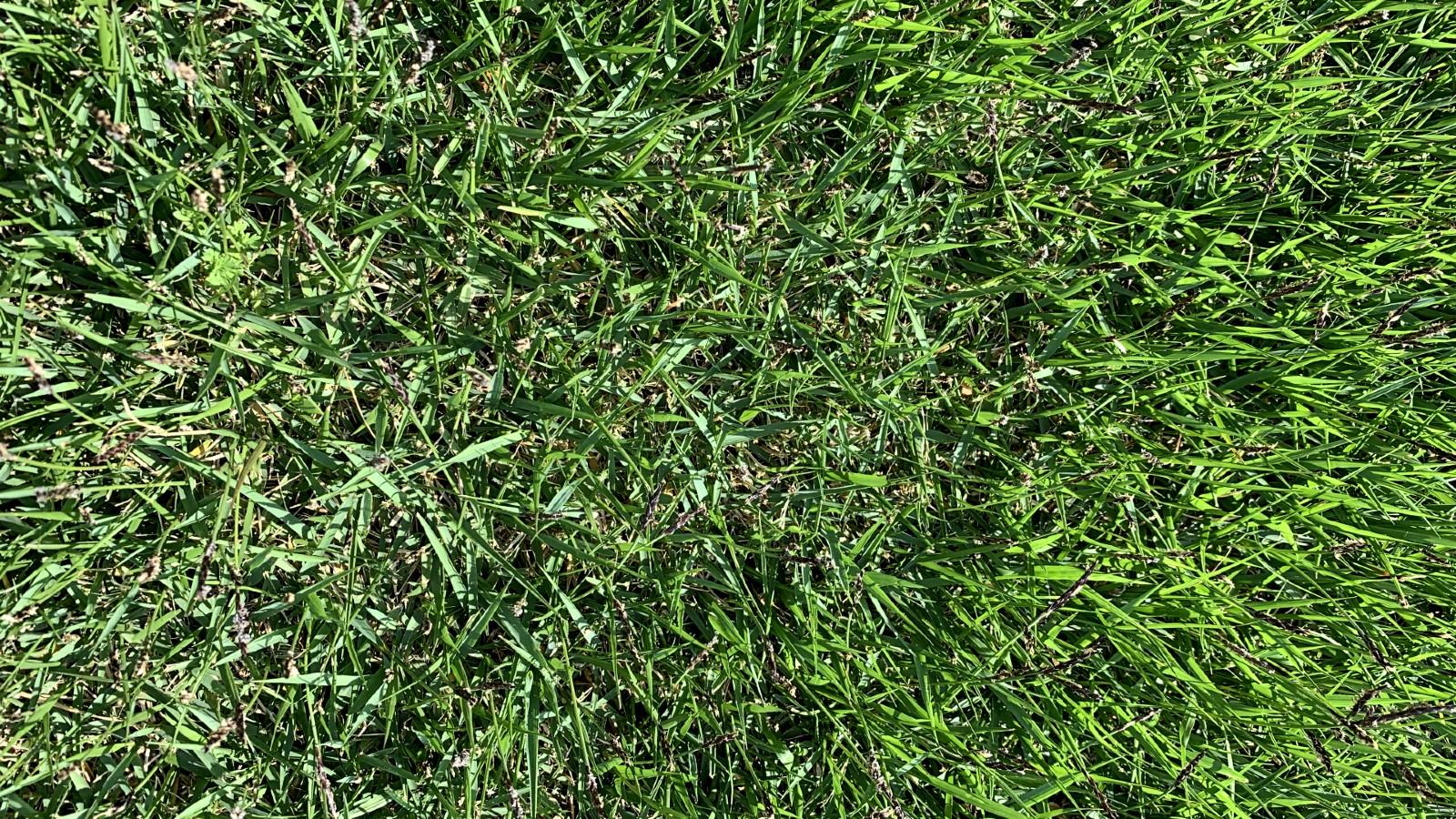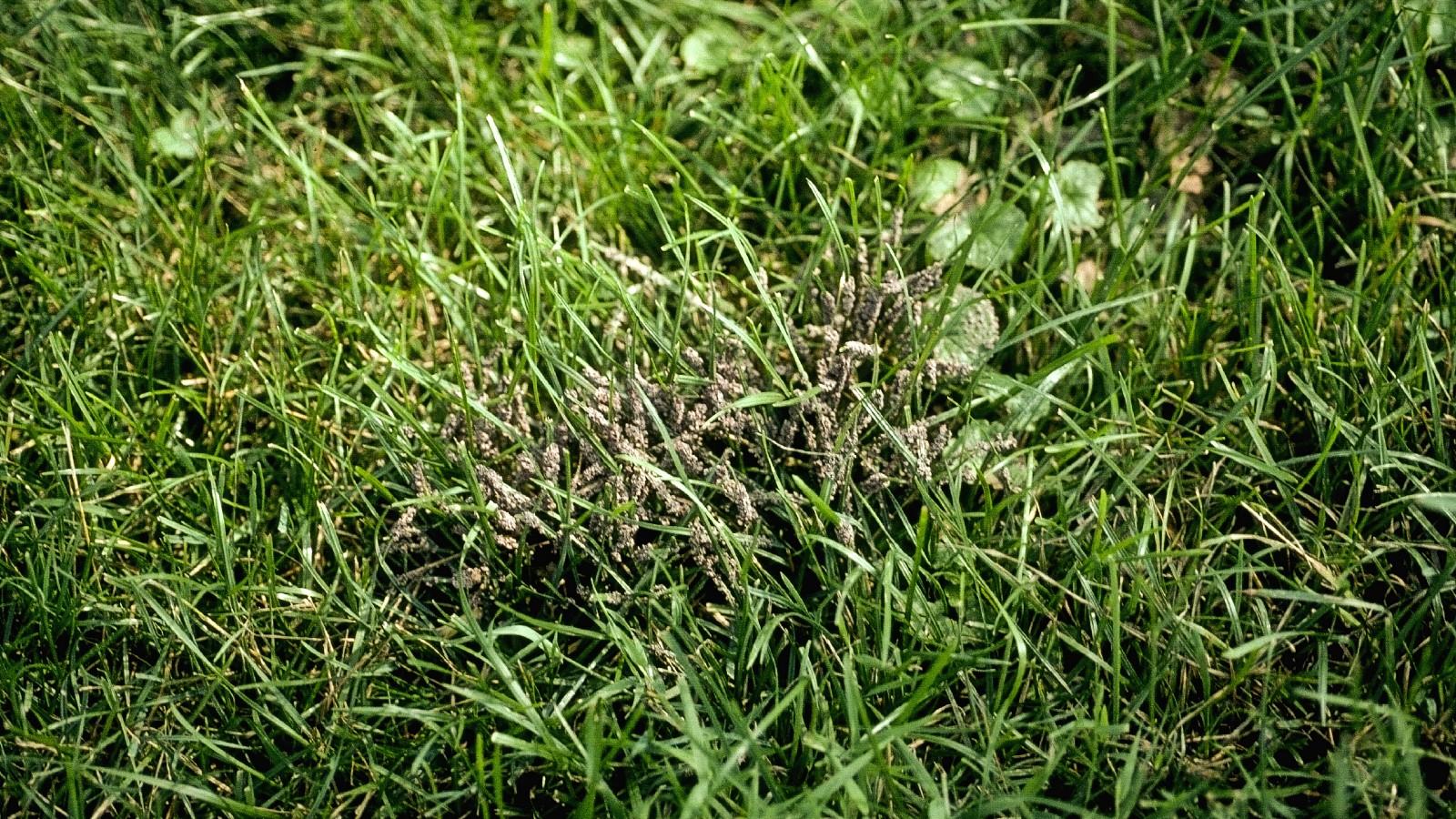Updated: October 22, 2024
Turfgrass Diseases: Pythium Blight (FS-2024-0707)
Authors:
Fereshteh Shahoveisi, Ph.D.
Pythium blight is a significant disease affecting turfgrass in the Mid-Atlantic region, particularly during warm, humid conditions. This disease impacts both cool-season and warm-season turfgrass, with creeping bentgrass, perennial ryegrass, and annual bluegrass being most susceptible. Pythium blight is caused by several species of Pythium thriving in wet and humid environments. Symptoms include water-soaked, greasy lesions on leaves and stems, progressing to large, blighted patches. Management strategies involve cultural practices such as proper irrigation, soil aeration, and maintaining appropriate mowing heights. Biological control, though beneficial, is often insufficient alone. Chemical management remains crucial, though rotating products is essential to prevent fungicide resistance. Integrated disease management practices are recommended for maintaining healthy turfgrass and mitigating the impact of Pythium blight. Author: Fereshteh Shahoveisi; Turfgrass Diseases: Pythium Blight (FS-2024-0707).
Updated: October 21, 2024
Turfgrass Diseases-Dollar Spot (FS-2023-0665)
Authors:
Fereshteh Shahoveisi, Ph.D.
Dollar spot is a common fungal disease that affects turfgrass, particularly high-maintenance ones like golf courses. It can also damage athletic fields and home lawns. The disease is caused by several species of the fungal pathogen Clarireedia spp. which infects the turfgrass through leaf tissue. Dollar spot appears as circular or oblong discolored spots, about the size of a silver dollar, with brownish-tan color. It can affect various turfgrass species, with creeping bentgrass and annual bluegrass being highly susceptible, while tall fescues, perennial ryegrasses, and Kentucky bluegrasses are moderately susceptible. Zoysiagrass and bermudagrass are less susceptible but can still be damaged under favorable conditions. The disease thrives in temperatures between 60°F and 85°F (15°C and 30°C) with high humidity and prolonged leaf wetness. Effective management includes using resistant cultivars, proper irrigation, fertility management, mowing practices, rolling, topdressing, and dew removal, as well as biological and chemical control methods. Fungicides are commonly used, but they should be rotated to prevent resistance development. Integrating these practices helps prevent and reduce the severity of dollar spot outbreaks on turfgrass. Author: Fereshteh Shahoveisi; Title: Turfgrass Diseases: Dollar Spot (FS-2023-0665)







